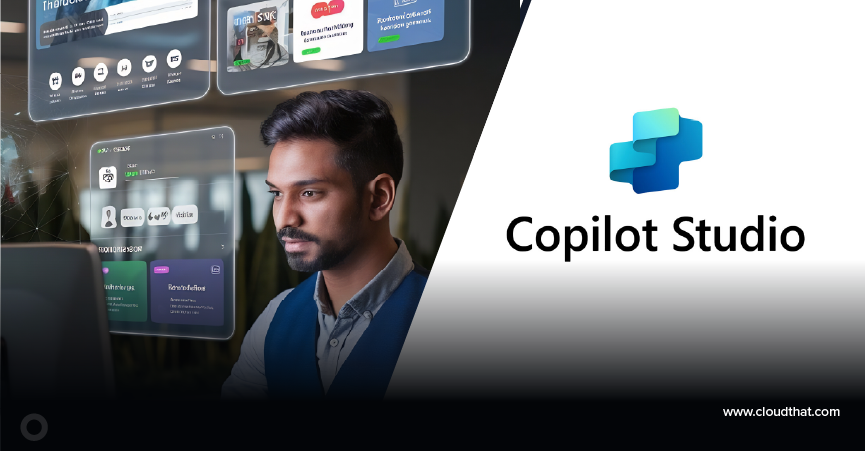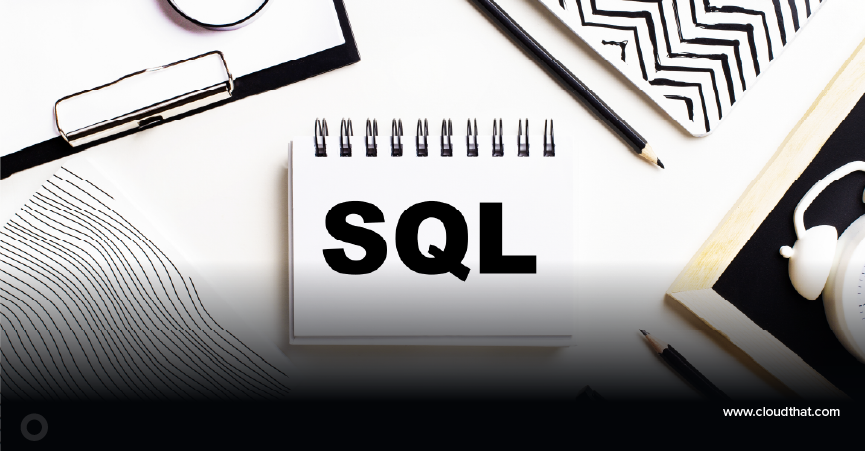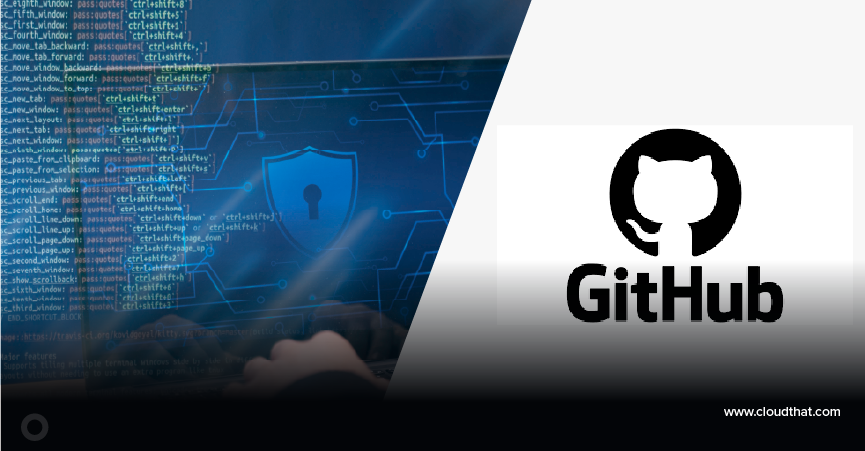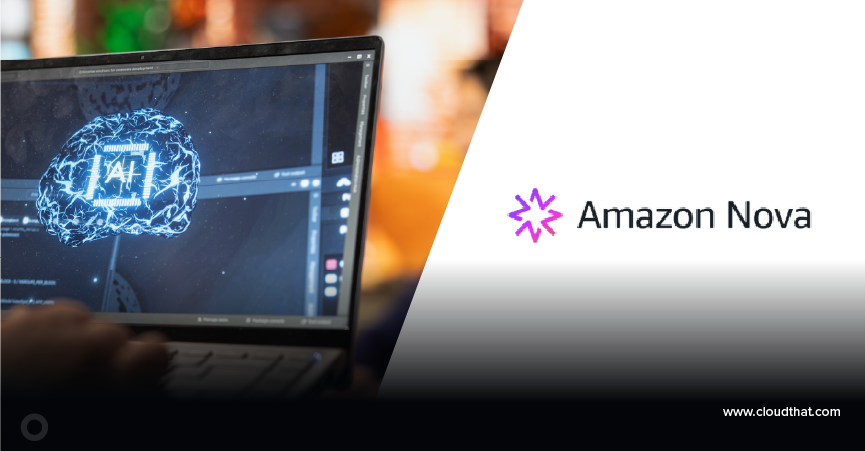|
Voiced by Amazon Polly |
Introduction
In today’s fast-paced digital landscape, businesses are increasingly adopting multi-cloud strategies to leverage the best features of different cloud providers. While this approach offers flexibility, resilience, and cost optimization, it also introduces significant challenges, particularly in implementing Continuous Integration and Continuous Deployment (CI/CD) pipelines across multiple cloud platforms.
Making IT Networks Enterprise-ready – Cloud Management Services
- Accelerated cloud migration
- End-to-end view of the cloud environment
Complexities of Implementing CI/CD in Multi-Cloud Environments
- Tooling Incompatibility: Different cloud platforms often come with their own native CI/CD tools, like Azure DevOps, AWS CodePipeline, and Google Cloud Build. While these tools are optimized for their respective environments, integrating them into a cohesive CI/CD pipeline across multiple clouds can be difficult due to differences in workflows, APIs, and automation capabilities.
- Security and Compliance: Managing security in a multi-cloud CI/CD pipeline is complex due to the need to enforce consistent security policies across disparate platforms. Each cloud provider has unique security features, making it challenging to ensure that data is protected and compliance standards (like GDPR or HIPAA) are met uniformly across all environments.
- Interoperability and Integration: Ensuring seamless communication between services hosted on different clouds can be problematic. Variations in service APIs, network configurations, and data formats require additional integration layers or middleware, adding complexity and potential points of failure to the CI/CD process.
- Pipeline Orchestration: Orchestrating a CI/CD pipeline that spans multiple clouds requires careful coordination to avoid conflicts, ensure synchronization, and maintain the integrity of deployments. This often involves using third-party orchestration tools or custom scripts, which can introduce additional maintenance overhead.
- Monitoring and Observability: Monitoring the health and performance of a CI/CD pipeline across different cloud environments is a daunting task. The lack of unified monitoring solutions means teams must rely on a mix of native and third-party tools, leading to fragmented insights and potential blind spots in the pipeline’s performance.
Best Practices for Overcoming CI/CD Challenges in Multi-Cloud Environments
- Adopt a Unified Toolset: Wherever possible, use CI/CD tools that are cloud-agnostic or offer native support for multiple cloud platforms. Tools like Jenkins, GitLab CI/CD, and CircleCI provide extensive integration options and allow for more consistent pipeline management across different environments.
- Implement Infrastructure as Code (IaC): Using IaC tools like Terraform or Pulumi ensures that infrastructure configurations are consistent and repeatable across all cloud platforms. This helps in maintaining version control, reducing configuration drift, and simplifying the management of complex, multi-cloud environments.
- Centralize Security Management: Centralize security policies using tools that provide a single pane of glass for security management across multiple clouds. Solutions like HashiCorp Vault for secrets management and AWS Control Tower for governance can help enforce consistent security practices across all platforms.
- Use Multi-Cloud Orchestration Tools: Employ multi-cloud orchestration tools like Spinnaker or Argo CD to manage and automate CI/CD workflows across different cloud environments. These tools are designed to handle the complexities of multi-cloud deployments, ensuring that releases are coordinated and consistent.
- Enhance Monitoring and Observability: Integrate monitoring tools that offer multi-cloud support, such as Datadog, Prometheus, or New Relic. These tools provide comprehensive insights into pipeline performance across all environments, helping teams quickly identify and address issues.
- Design for Portability: Design applications and services with portability in mind to minimize dependencies on specific cloud features. This can be achieved by using containerization (e.g., Docker) and orchestration platforms (e.g., Kubernetes) to abstract away underlying cloud infrastructure, making it easier to move workloads between different clouds as needed.
- Continuous Learning and Adaptation: Multi-cloud environments are dynamic and constantly evolving. Encourage continuous learning and adaptation by regularly reviewing and updating CI/CD pipelines to incorporate the latest best practices, tools, and technologies.
Conclusion
Implementing CI/CD pipelines in a multi-cloud environment is undoubtedly challenging, but with the right strategies and tools, these challenges can be effectively managed. By adopting a unified toolset, embracing infrastructure as code, centralizing security management, and using specialized orchestration tools, organizations can build robust, efficient, and secure CI/CD pipelines that span multiple cloud platforms. As multi-cloud adoption continues to grow, mastering these practices will be essential for organizations looking to stay competitive in an increasingly complex cloud landscape.
Start your career on Azure without leaving your job! Get Certified in less than a Month
- Experienced Authorized Instructor led Training
- Live Hands-on Labs
About CloudThat
CloudThat is an award-winning company and the first in India to offer cloud training and consulting services worldwide. As a Microsoft Solutions Partner, AWS Advanced Tier Training Partner, and Google Cloud Platform Partner, CloudThat has empowered over 850,000 professionals through 600+ cloud certifications winning global recognition for its training excellence including 20 MCT Trainers in Microsoft’s Global Top 100 and an impressive 12 awards in the last 8 years. CloudThat specializes in Cloud Migration, Data Platforms, DevOps, IoT, and cutting-edge technologies like Gen AI & AI/ML. It has delivered over 500 consulting projects for 250+ organizations in 30+ countries as it continues to empower professionals and enterprises to thrive in the digital-first world.

WRITTEN BY Rohit Tiwari
Rohit Tiwari is a Senior Subject Matter Expert (SME) at CloudThat, specializing in Multi-Cloud Infrastructure, Solutions Architecture, DevOps and Generative AI. A Microsoft Certified Trainer (MCT) and Google Cloud Authorized Trainer (GCI), Rohit is recognized among the Top 100 MCT Quality Award winners (January 2025) for excellence in All Courses and Microsoft Data & AI Courses. With 19+ years of global experience in training, software development, and quality assurance, he has trained over 20,000 professionals globally across Azure, AWS, GCP, and modern cloud-native architectures. He holds 65+ industry certifications, in Azure, AWS, GCP, Oracle Cloud (OCP), and in Databricks, demonstrating his unmatched expertise in cloud infrastructure design, security, and cost optimization. Known for simplifying complex multi-cloud and AI concepts with hands-on, real-world insights, Rohit brings deep technical expertise and practical application into every learning experience. His passion for mentoring and building transformative cloud learning journeys reflects in his dedication to enabling professionals and enterprises to innovate with confidence.


 Login
Login


 September 16, 2024
September 16, 2024 PREV
PREV










Comments